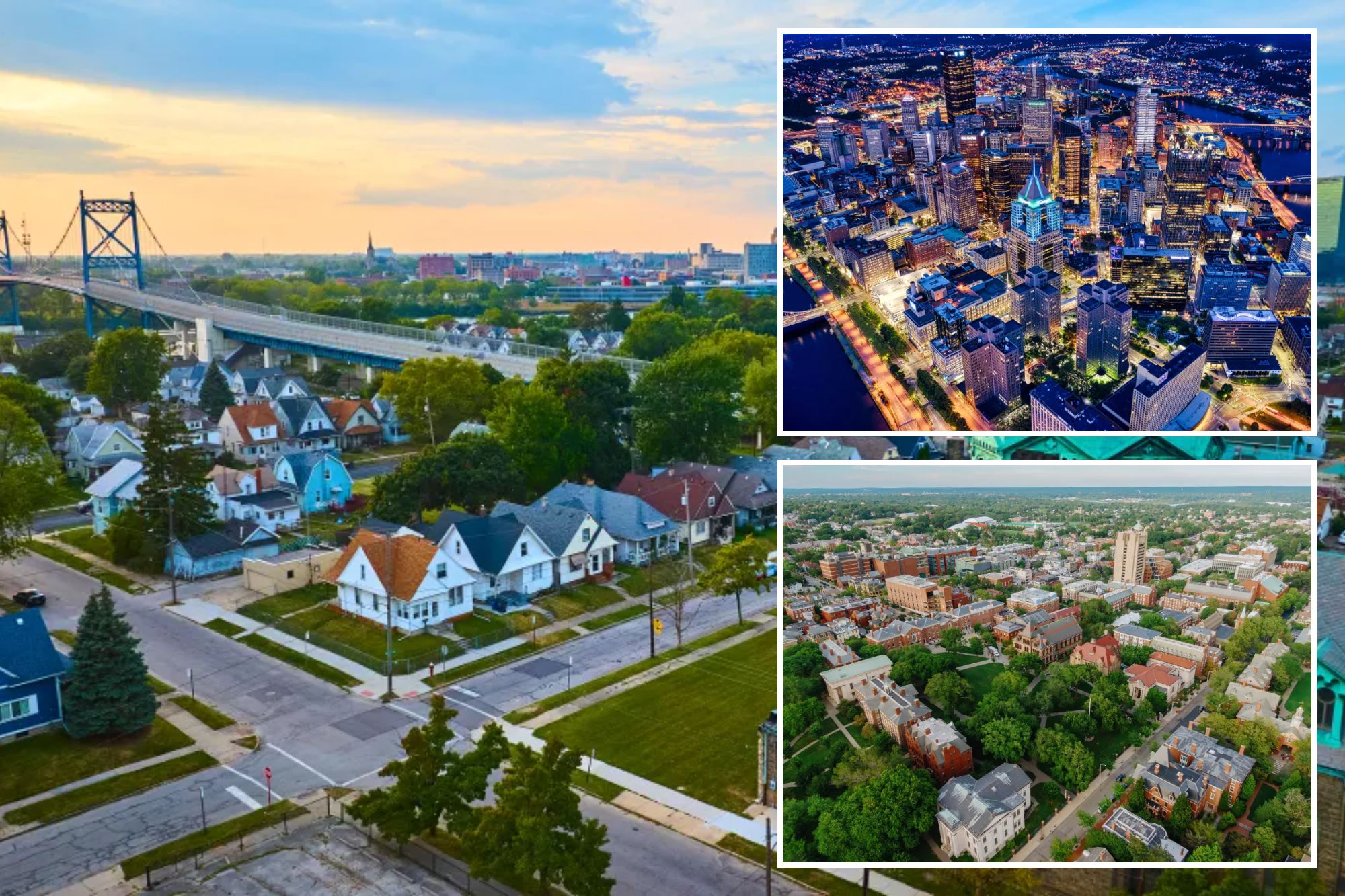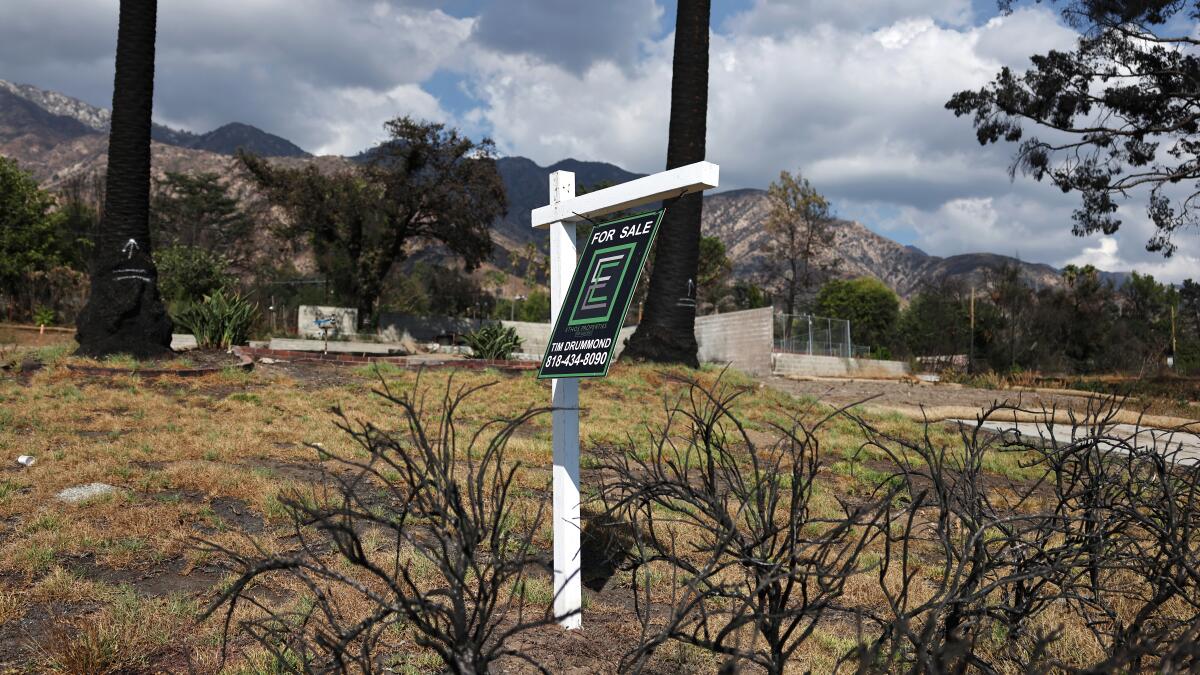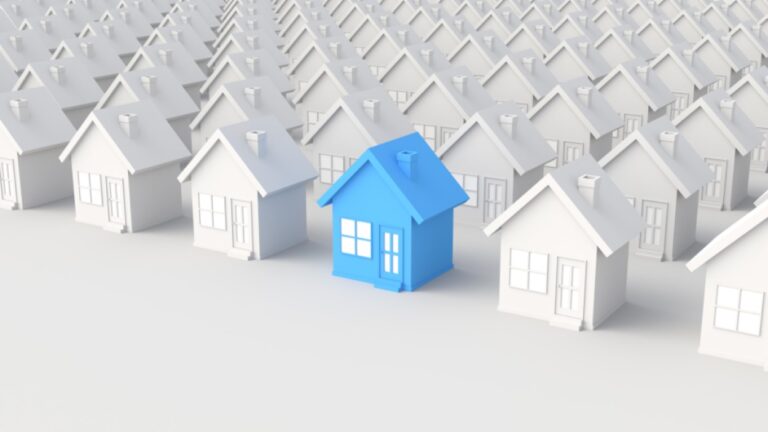D
rone technology has surged, enabling longer flights, heavier payloads, and high‑resolution data, yet regulations have trailed behind. This mismatch has frustrated investors and operators who need clear rules to scale responsibly.
Over the past decade, the industry has seen repeated growth spurts—new companies, ambitious projects, and excitement. Each boom faded when investors realized that without solid FAA guidance, large‑scale deployment was impossible. Long‑term planning and scaling were stalled by the lack of firm rules.
The landscape shifted on June 6 2025 when the President signed the executive order “Unleashing America’s Drone Dominance.” The order called for rapid commercialization of drones, full integration into the National Airspace System, expanded domestic production, and increased exports of U.S.‑made drone tech. It introduced Part 108 and Part 146 of the Federal Aviation Regulations, laying the groundwork for the long‑awaited BVLOS (Beyond Visual Line of Sight) rule.
BVLOS has been the holy grail for applications like pipeline inspection, utility monitoring, large‑scale mapping, and emergency response. Until now, such operations required time‑consuming waivers. The new rule‑making process, with a comment period ending October 6 2025, is expected to finalize in roughly 240 days, establishing a standardized BVLOS pathway that has eluded the industry for nearly a decade.
The announcement has reignited the sector. Investors are returning, companies are prototyping new aircraft, and states are racing to secure drone corridors, test sites, and aerial mobility projects. Manufacturers, software developers, and data providers are preparing for the arrival of Aerial Delivery and Aerial Taxi systems. Consequently, airspace will become more congested, and operators must get their operations in order.
Compliance is now the foundation of future opportunity. Whether you’re a real estate appraiser, construction inspector, or aerial data provider, demonstrating adherence to FAA and client standards is essential.
**Key compliance requirements**
1. **Part 107 Remote Pilot Certificate** – Every commercial operator must hold a valid certificate, confirming knowledge of airspace, weather, emergency procedures, and operational limits. Recertification is required every 24 months via the FAA’s IACRA system. A government‑issued ID is also mandatory.
2. **Drone registration** – All commercial drones must be registered with the FAA. Operators must also verify that their aircraft meet approved sourcing and cybersecurity standards, especially as federal and state agencies restrict certain foreign‑made models.
3. **Remote Identification** – Remote ID is now mandatory. Drones with built‑in Standard Remote ID broadcast their identity automatically; legacy drones can be fitted with a Remote ID module.
4. **Insurance** – General liability insurance covering property damage and bodily injury is increasingly required by clients, particularly in real estate, construction, and utilities. Proof of coverage often determines contract awards.
5. **Standard Operating Procedures (SOPs)** – SOPs outline mission planning, crew roles, pre‑ and post‑flight checklists, emergency contingencies, and data management. They demonstrate safety commitment and may be required for Part 108 approvals.
6. **Recordkeeping** – Two logbooks are essential: a Flight Logbook (missions, battery cycles, weather, incidents) and a Maintenance Logbook (software updates, propeller changes, motor replacements). These records protect operators and clients and prove professionalism during audits or incidents.
For real estate professionals, drones offer unique advantages: high‑resolution imagery, thermal sensing, and 3D modeling reveal property conditions that would otherwise remain hidden. As BVLOS becomes mainstream, clients will expect certified pilots, documented procedures, insurance, and safety credentials. Compliance will become the currency of credibility.
Industry leaders and policymakers emphasize that the drone sector is on the brink of a professionalization surge. Part 108 and Part 146 will accelerate stability and bring the field into a new era. Success hinges on preparation: update certifications, review equipment, refine SOPs, and log every flight. Good habits now will ensure compliance when the rules take effect.
The unmanned aviation landscape is changing fast. Prepare now—compliance is no longer optional. Happy flying.
**About the author**
Lamar H. Ellis, III, from Atlanta, Georgia, holds MAI and SRA designations and is an approved instructor. An early adopter of drone technology for real estate, he holds an FAA Part 107 Remote Pilot certificate. Lamar is a consultant, published author, speaker, and blogger on drone technology and its real‑estate applications.














